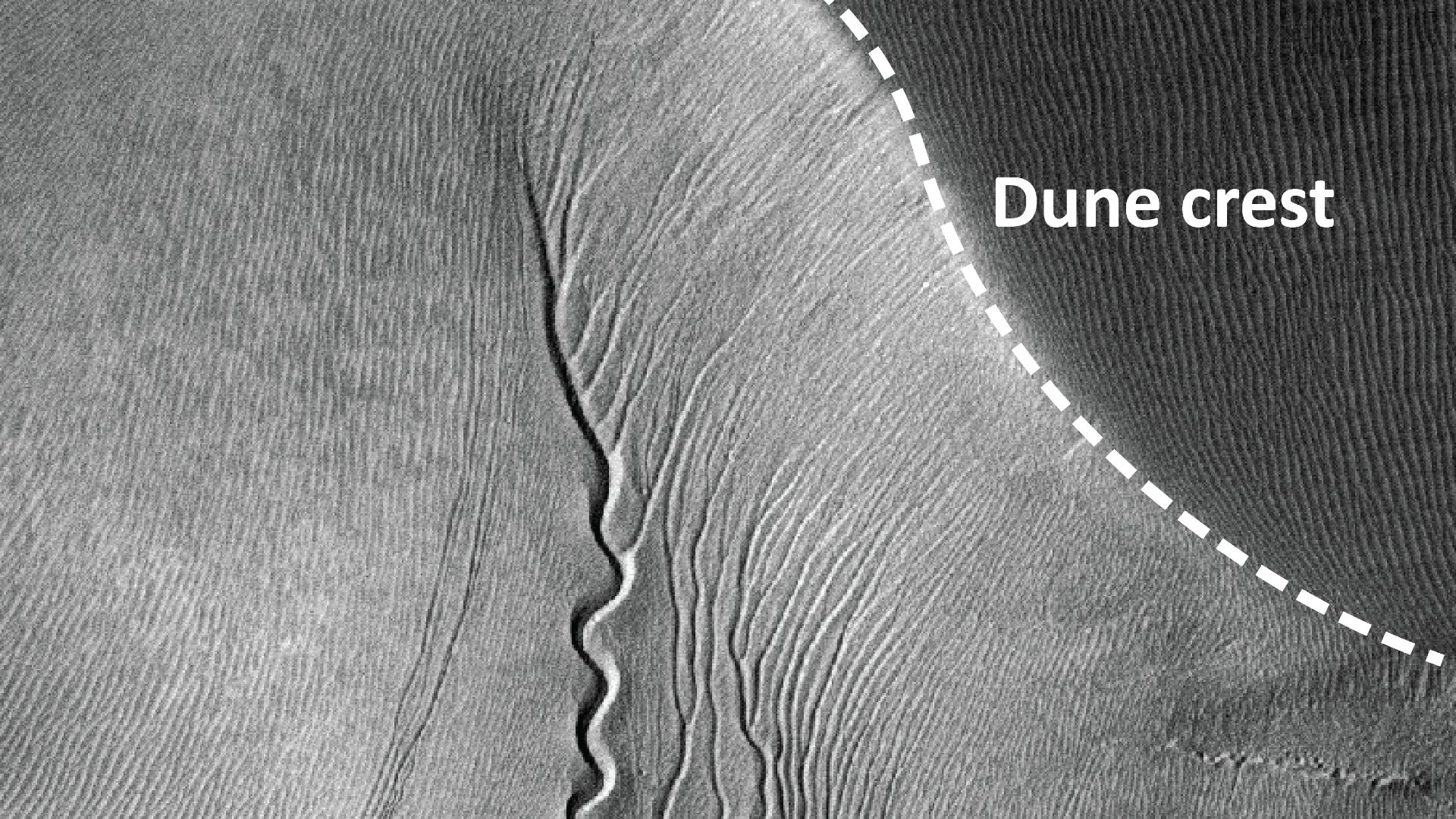NASA’s Curiosity rover, after years of navigating the rugged terrain of Mars, has recently reached a rare and highly stable location in Gale Crater. This new position is considered one of the most secure and advantageous spots since the rover’s landing, allowing mission scientists to plan operations with exceptional precision and minimal risk to the vehicle. The discovery was detailed in NASA’s official blog on June 20, 2025, marking a significant point in the mission’s journey to unravel Mars’ ancient geological history. During the rover’s Sols 4575 and 4576, Curiosity executed a series of meticulous driving maneuvers to position itself optimally, setting the stage for an extensive suite of scientific investigations that could transform our understanding of the Red Planet.
A “Perfect Parking Spot” For Scientific Exploration
Curiosity’s successful navigation to this ideal parking spot on Mars is not a trivial achievement. The rover’s wheels have settled firmly on stable Martian soil, an essential factor that minimizes the risk of damage to the vehicle and ensures safe operations. This development allows Curiosity to fully deploy its robotic arm, unlocking a new phase of scientific exploration. With the Alpha Particle X-Ray Spectrometer (APXS) and the ChemCam instruments, Curiosity began analyzing a flat bedrock target named “Tarija.” This rock formation is significant because it exhibits boxwork-like features, which are intricate, lattice-like mineral patterns formed by ancient water activity. Such formations are essential for scientists to study the history of Mars’ climate and the potential for past water resources.
Curiosity’s advanced imaging tools, including the MAHLI camera and Mastcam, provided high-resolution pictures of the target. These images give scientists a closer look at the rock’s micro-textures and the larger geological context. Through these compositional analyses, researchers aim to discern the mineral makeup and history of the area, especially how post-depositional processes may have altered the rock over time.
Exploring Martian Fractures And Potential Water Evidence
One of the focal points of Curiosity’s latest mission phase is the study of geological fracture systems on Mars. Just north of the rover’s current location, scientists have identified linear ridges that could hold clues about Mars’ past geological stresses or subsurface fluid movements. These formations could reveal critical information about how the planet’s environment evolved, particularly with respect to the potential presence of water—an essential factor in determining Mars’ habitability.
Additionally, Curiosity is focusing on a site dubbed “Laguna del Bayo,” which is thought to contain fracture fills. These are rock cracks that may have been filled with mineral-rich fluids long after the rocks originally formed. These fractures can provide scientists with vital information about Mars’ chemical history, offering a glimpse into the planet’s environmental conditions in ancient times. By analyzing these areas, researchers hope to reconstruct the planet’s climate over millions of years and learn more about its potential for hosting life in the past.


ChemCam’s Continued Contributions to the Mission’s Success
Curiosity’s ChemCam is an essential tool for the ongoing investigation of Mars’ surface, and its work on Sols 4575 and 4576 has been no different. The ChemCam team has revisited a previously observed outcrop named Mishe Mokwa to capture new imaging data. By comparing this fresh data with earlier images, scientists are able to track changes in the landscape and fine-tune their understanding of the region’s geology. This comparative approach has proven invaluable throughout the mission, allowing for precise interpretations of Mars’ surface features and helping to track subtle changes that could point to long-term geological processes.
This technique of revisiting previously studied sites is crucial for identifying trends or shifts in Mars’ geological environment, reinforcing the mission’s long-term success in mapping the planet’s history.
Planning The Next Phase: Autonomous Exploration and Atmospheric Studies
With a series of successful operations now behind them, Curiosity’s team is preparing for the rover’s next significant move. A planned 54-meter (177 feet) drive will take the rover to a new site, where it will enter a phase of untargeted science. This stage allows Curiosity’s instruments to autonomously select interesting surface features for study, marking a shift toward more independent operations. The rover’s ChemCam system, in particular, will autonomously choose a rock target and conduct a chemical analysis, offering an efficient and hands-off method of gathering data.
Meanwhile, Curiosity continues its atmospheric science operations. The Mastcam tau measurements will assess the amount of dust in the Martian atmosphere, contributing to a long-term record of atmospheric conditions. The Navcam dust-devil survey, along with a suprahorizon movie, will help scientists study dust movements and weather patterns on Mars. Complementing these efforts are the rover’s continuous subsurface monitoring capabilities, including the DAN instrument, which detects hydrogen, and sensors for radiation and weather data like the REMS and RAD systems. These ongoing atmospheric and environmental measurements are invaluable for understanding Mars’ current state and its ability to support human exploration in the future.
Source link


